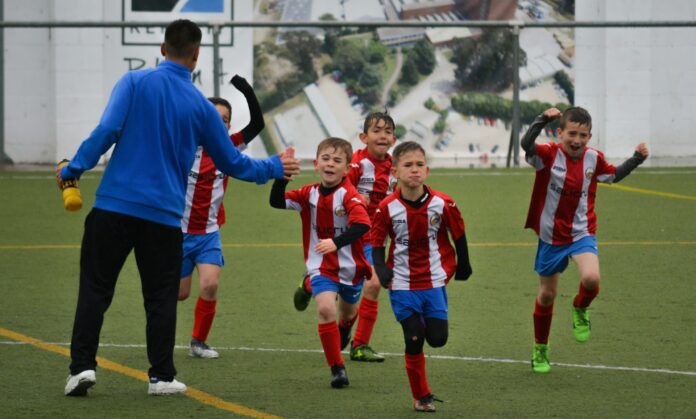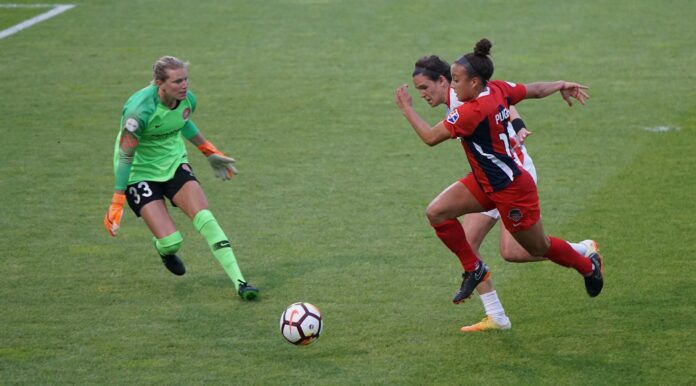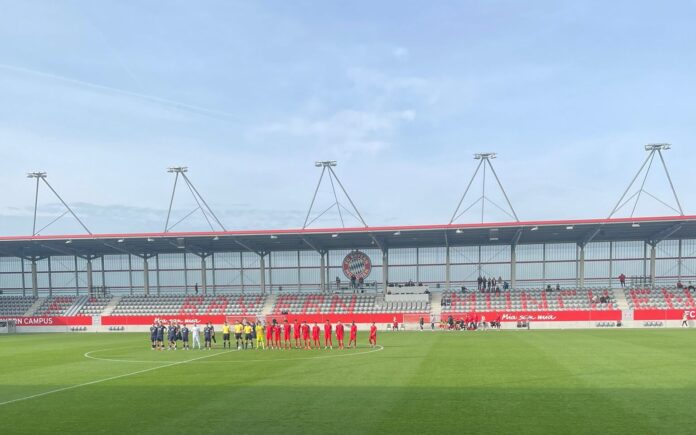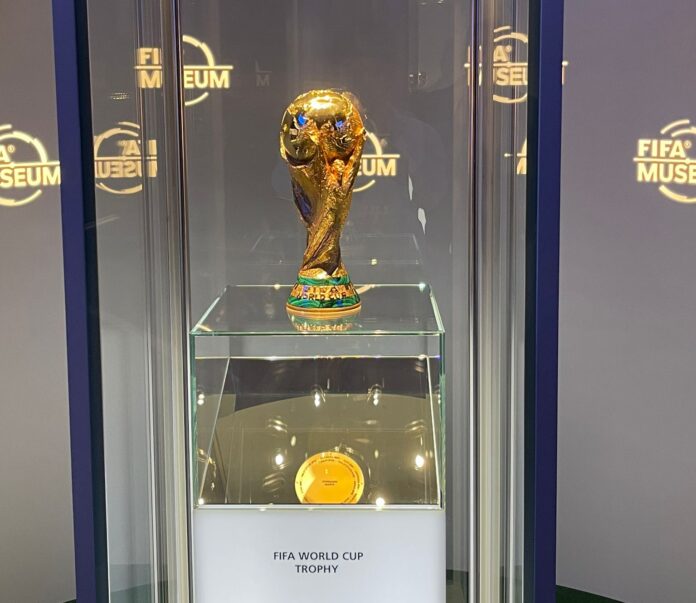Youth development has always been a critical pillar in the growth and sustainability of football clubs worldwide. However, the real testament to a club’s commitment to nurturing talent is the actual playing time afforded to young players.
Developing youth prospects is not simply about bringing them into the club’s academy system or signing young talent – it is about giving them significant opportunities to feature in competitive matches.
In modern football, where financial powerhouses often rely on transfers to strengthen their squads, a small group of clubs have embraced the philosophy of offering game time to players under the age of 21. This analysis examines the clubs that provide the most minutes to U21 players, examining the trends, reasoning, and effectiveness behind these youth-oriented approaches.
This data analysis ranks clubs from 58 leagues worldwide based on the percentage of minutes given to players under 21. From this, we can paint a picture of which clubs truly emphasise youth integration into their first-team squads.
The data spans three years, making it possible to observe consistent trends and deduce whether these clubs have a long-term commitment to youth development or if they’re responding to short-term factors like financial constraints. The top youth-oriented clubs range from global powerhouses like Barcelona to lesser-known teams. One of them is Rukh Lviv, a Ukrainian side that tops the chart globally. 41.1% of their domestic minutes go to U21 players.
This focus on youth development spans continents, leagues, and cultures, showcasing that clubs are finding ways to give youngsters meaningful match experience regardless of their footballing stature.
Top Youth-Oriented Clubs
Rukh Lviv – Ukraine – 41.1%
Leading the world in youth-oriented playtime, Rukh Lviv stands as a testament to the power of local player development. The Ukrainian club has integrated its younger generation into the first team, creating a cohesive blend of youth and experience. With over 40% of domestic league minutes going to U21 players, Rukh Lviv relies heavily on homegrown talent to compete. Financial constraints may partly drive this, but it also reflects the Ukrainian footballing culture, which values grassroots development.
FC Nordsjælland – Denmark – 40.7%
The Danish club FC Nordsjælland has long been hailed as a cradle of youth football, with an impressive 40.7% of league minutes going to U21 players. The club is renowned for its commitment to developing young players, primarily through its partnership with Ghana’s Right to Dream Academy, which has contributed immensely to its pool of talented youngsters. FC Nordsjælland’s emphasis on youth has not only helped its sporting achievements but has also seen it transfer talent to larger European clubs, creating a successful business model.
FC Olympic – Uzbekistan – 39.9%
Outside of Europe, FC Olympic from Uzbekistan showcases that youth football is thriving in lesser-known leagues. By dedicating nearly 40% of their minutes to U21 players, the Olympics serves as an incubator for young footballers in Uzbekistan, providing them with the match experience they need to develop at a crucial age. As a result, they stand as a model of how more minor leagues can nurture talent effectively.
MŠK Žilina – Slovakia – 39.7%
In Slovakia, MŠK Žilina has followed a similar path. With nearly 40% of league minutes going to U21 players, they have turned youth development into their strategic identity. Žilina’s focus is critical in a league that doesn’t enjoy the same financial backing as Europe’s elite competitions. This makes the reliance on youth talent not only a philosophy but also an economic necessity. Žilina’s track record of producing talent for top European leagues speaks volumes about the effectiveness of their approach.
Red Bull Salzburg – Austria – 37.4%
While many clubs in smaller leagues focus on youth for economic reasons, Red Bull Salzburg stand out as a unique case. The Austrian club, backed by Red Bull, has vast financial resources but still prioritises the development of young players. Salzburg’s recruitment strategy focuses on attracting young talent, primarily from Africa and other under-scouted regions, developing them through its highly competitive system, and then integrating them into the first team. Nearly 40% of their minutes go to U21 players, which aligns with their broader strategy of exporting top talents to elite European clubs (like Erling Haaland and Dayot Upamecano in recent years).
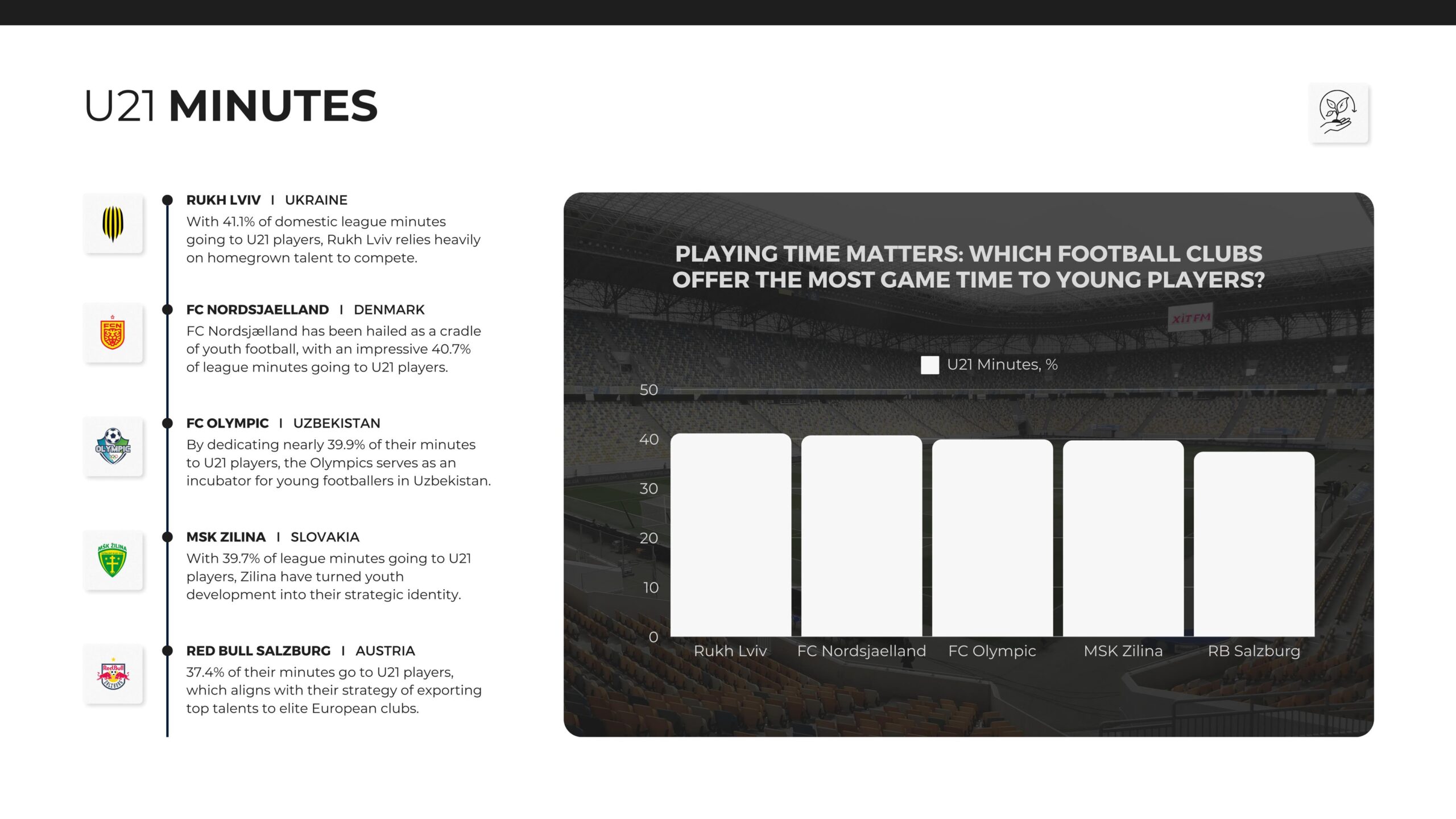
Youth In Europe’s Elite Leagues
While smaller leagues may dominate the global rankings for youth minutes, clubs in Europe’s top five leagues (Premier League, La Liga, Serie A, Bundesliga, and Ligue 1) also make significant contributions to youth development.
However, the percentage of minutes given to U21 players in these leagues is generally lower due to the financial pressures and competition at the highest football levels. Yet, a few clubs have bucked this trend:
FC Barcelona – Spain – 22.6%
Despite being one of the biggest clubs in the world, FC Barcelona has a deep-rooted tradition of integrating youth players through its famed La Masia academy. Even amidst financial turbulence and the pressure to deliver immediate results, Barcelona has remained committed to giving young players significant minutes. Pedri, Gavi, and Alejandro Balde are prime examples of how the club continues to trust in youth, providing 22.6% of league minutes to U21s over the past three years. This speaks to Barcelona’s long-standing philosophy of nurturing talent from within.
Olympique Lyonnais – France – 20.7%
Olympique Lyon has consistently been recognised as a club that promotes young talent, particularly French-born players. Over 20% of their domestic minutes have been given to U21 players, showing how the club continues to rely on its academy and scouting system. Houssem Aouar and Maxence Caqueret are just two of the many players who have emerged from their academy in recent years.
Sunderland AFC – England – 22.1%
Interestingly, Sunderland AFC, a club that now competes in the English Championship, ranks highly among clubs in Europe’s elite leagues for youth minutes. After years of financial difficulty and relegation from the Premier League, Sunderland has had to rely heavily on younger players. This reliance has seen 22.1% of their domestic league minutes given to U21s, with the club hoping that this focus on youth can propel them back to the top flight.
Imported Talent In Youth Development
While many clubs focus on developing homegrown talent, others adopt a more cosmopolitan approach by recruiting young players from abroad. This is particularly evident in teams that have strong scouting networks or academies located outside their domestic market. FC Basel, Red Bull Salzburg, and FC Nordsjælland are leaders in fielding foreign U21 players, showing how clubs can blend local and international talent to form competitive squads.
FC Basel – Switzerland – 24 Foreign U21 Players
FC Basel’s extensive scouting network has allowed them to bring in 24 foreign U21 players over the past three years, giving these young imports substantial playing time. This approach not only helps the club compete domestically but also generates significant transfer revenue, as Basel regularly sells these players to top European leagues.
Red Bull Salzburg – Austria – 22 Foreign U21 Players
RB Salzburg’s global talent pipeline is one of the best in the world. By signing young players from under-scouted regions such as Africa and South America, Salzburg gives these players a platform to develop in European football. Their system emphasises high-pressing, high-intensity football, which helps develop well-rounded players who are prepared for the next step in their careers.
FC Nordsjælland – Denmark – 21 Foreign U21 Players
Similarly, FC Nordsjælland’s collaboration with the Right to Dream Academy has allowed the club to introduce young talents from Africa to their first team. This not only strengthens the squad but also adds to the diversity and adaptability of the players, making Nordsjælland one of the most exciting teams to watch in Europe.
Why Playing Time Matters For Youth Development
The importance of giving young players game time cannot be overstated. Youth players develop most effectively through match experience, where they face real competition and pressure situations.
Training sessions alone cannot replicate the intensity and unpredictability of actual matches. By integrating youth into first-team football, clubs allow players to build confidence, adapt to the physical and tactical demands of senior football, and grow their football intelligence.
Furthermore, clubs that give significant minutes to U21 players often see long-term benefits. These players typically have a stronger connection to the club, especially if they are homegrown talents.
The development of these players also represents a significant financial asset, as clubs can sell them for substantial transfer fees. This creates a sustainable cycle where the club can reinvest in both its academy and its first team.
While integrating young players into the first team brings several advantages, it also presents challenges.
Relying too heavily on youth can sometimes lead to inconsistency in performance. Young players are more prone to mistakes and may struggle with the physical and mental demands of professional football over an extended period. Clubs that prioritize youth development must, therefore, strike a balance between giving young players opportunities and ensuring they have experienced professionals to guide and support them.
Additionally, clubs competing in the top tiers of football may face increased pressure to deliver results immediately, making it challenging to integrate youth players. This is especially true in leagues where relegation or missing out on European competition can have significant financial implications.
Therefore, even youth-oriented clubs must be strategic about when and how they introduce young players into their lineups.
Conclusion
Whether driven by financial necessity, philosophical commitment, or a strategic focus on talent development, clubs like Rukh Lviv, FC Nordsjælland, and FC Barcelona show that providing opportunities for youth can lead to both sporting and financial success.
As football continues to evolve, the importance of playing time for young players will remain a vital indicator of a club’s commitment to long-term development. Minutes on the pitch are invaluable for young talents, providing them with the experience and exposure they need to become the next generation of football stars.
For clubs, it’s a reminder that developing homegrown and imported youth talent is not just a pathway to success but an essential strategy for competing in an increasingly global and competitive football market.



